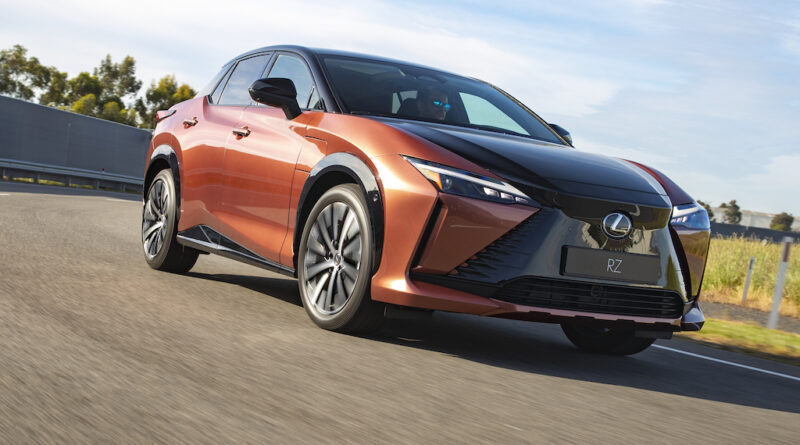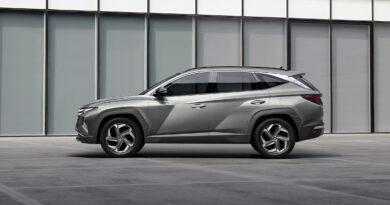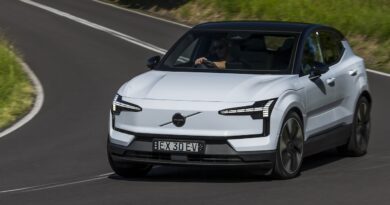Lexus RZ 450e quick spin: Luxury electric SUV first Australian drive
The Toyota-owned Japanese luxury brand Lexus already has the UX 300e battery electric SUV on-sale in Australia. But the RZ 450e arriving in Australia around mid-2023 marks a significant step-up in just about every measurable way.
While the UX 300e is something of a compliance car, sharing its fundamental platform with ICE brethren, the RZ is the first dedicated Lexus EV.
Yep, while it might look a bit like the staple Lexus RX SUV, every panel including the solid spindle grille is different and it is based on the Toyota Group’s e-TNGA electric vehicle architecture.
That’s the same platform Toyota is using for the forthcoming bZ4X and Subaru for its Solterra.
The RZ sources from the same parts bin as them for its all-wheel drive dual-motor drivetrain as well, so nothing distinguishes it in that regard.
No, where the RZ really attracts headlines is for its weird steering yoke that looks like it has come from an aircraft or a racing car.
As part of a brief closed circuit drive of a left-hand prototype we got to sample the yoke, its attendant steer-by-wire and the rest of the RZ package.
The sampling left us with as many questions as answers and anxious for another drive when the RZ launches.
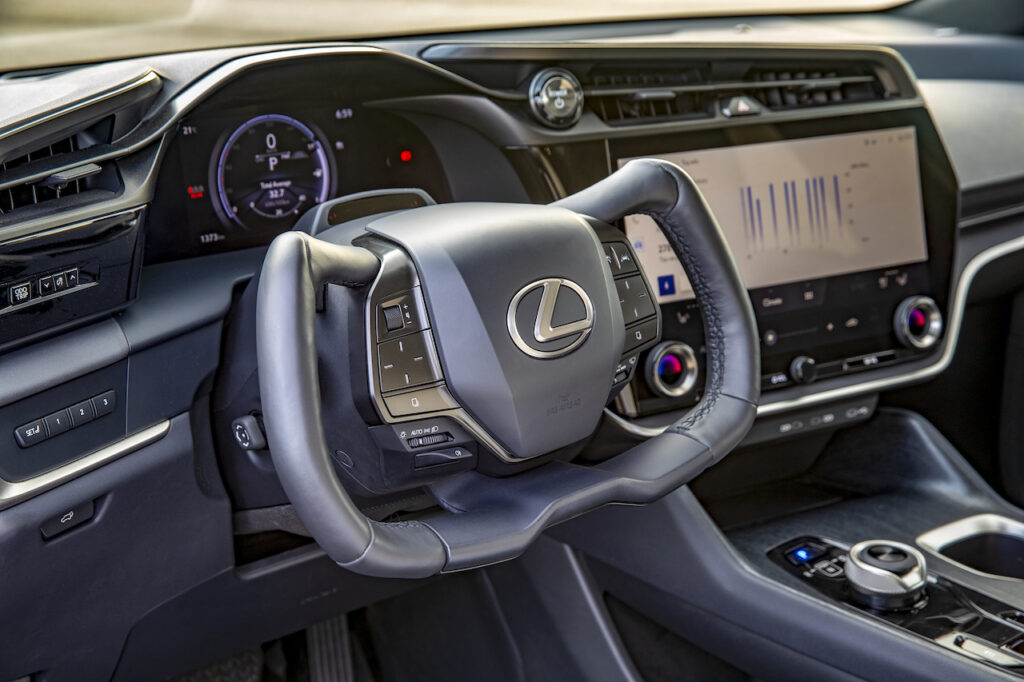
Value
So how much the 2023 Lexus RZ 450e is going to cost and what it’s going to come with are two questions left unanswered. That’s understandable considering how far out from launch this car still is.
But we have gathered there will be multiple grades and there may be a staggered launch with the entry-level grade coming first.
That may well explain why the debut of the much-touted yoke steering is yet to be confirmed.
We can make some educated guesses about the pricing, based on what competition the 4.85m five-seat RZ 450e is likely to line up against.
They include the BMW iX3, Genesis GV60 and top-end Tesla Model Y Performance. So around $100,000 plus on-road costs in today’s money is a likely starting point for the new Lexus.
So what about equipment? Well, the car we sampled had two-tone paint, 20-inch alloy wheels, a dimmable panoramic sunroof that allows light but no UV when activated and that yoke. All these things will be standard or optionable on high-end models.
A 14-inch touch screen is shared with the recently overhauled RX and NX Lexus SUVs and will be standard on all models.
In the UK there is a three-grade RZ model walk and that probably gives us an idea of what equipment to expect.
Features standard in the entry-level Premium Pack include 18-inch alloy wheels, synthetic leather upholstery and heated steering wheel, eight-way powered front seats with two-way lumbar for the driver, wireless Apple CarPlay and Android Auto, wireless charging, Lexus Link connected services, 10-speaker audio, dual-zone air-conditioning, four USB-C chargers, a power tailgate and a panoramic roof.
The Premium Plus pack upgrades to 20-inch alloys, front seat ventilation, driver’s seat memory, front seat radiator knee heaters and a head up display.
The Takumi adds ultra-suede upholstery, 64 colour ambient lighting, a 13-speaker Mark Levinson audio, the dimmable panoramic roof and Yamaha-tuned performance dampers.
In the top two models dual-tone paint is optional, as is steer-by-wire and the steering yoke.
Lexus UK says the Premium and Premium Plus can tow 750kg but no towing is allowed with the Takumi.
No news on warranties or service costs yet, but all Lexus models come with a five-year/unlimited kilometre warranty.
Separate Lexus warranties are up to 10 years/unlimited kilometres for high-voltage batteries.
Lexus guarantees battery degradation will not fall below 70 per cent of original capacity for up to 10 years/160,000km. In fact, Lexus says it should stay above 90 per cent over 10 years.

Interior
The five-seat interior presents a new concept for Lexus which is called Tazuna. This means it’s driver-centric, so the touchscreen is angled a bit toward the driver.
The yoke steering ‘wheel’ also presents some advantages because it allows a clear view of the instrument panel. It is also claimed to aid ingress and egress, although that wasn’t so noticeable.
A new feature in a Lexus is a gear dial selector, while the much-despised toggle and touch pad have been banished.
Space in the rear seat is very good for two adults thanks to a flat floor enabled by the EV architecture.
The boot of the test car didn’t look overly generous in size, although no figures were supplied. There’s no spare tyre under the floor because of the e-motor sitting on the rear axle and the big battery pack.
There’s no frunk under the bonnet where the e-motor and its attendant stuff swallow all the space.
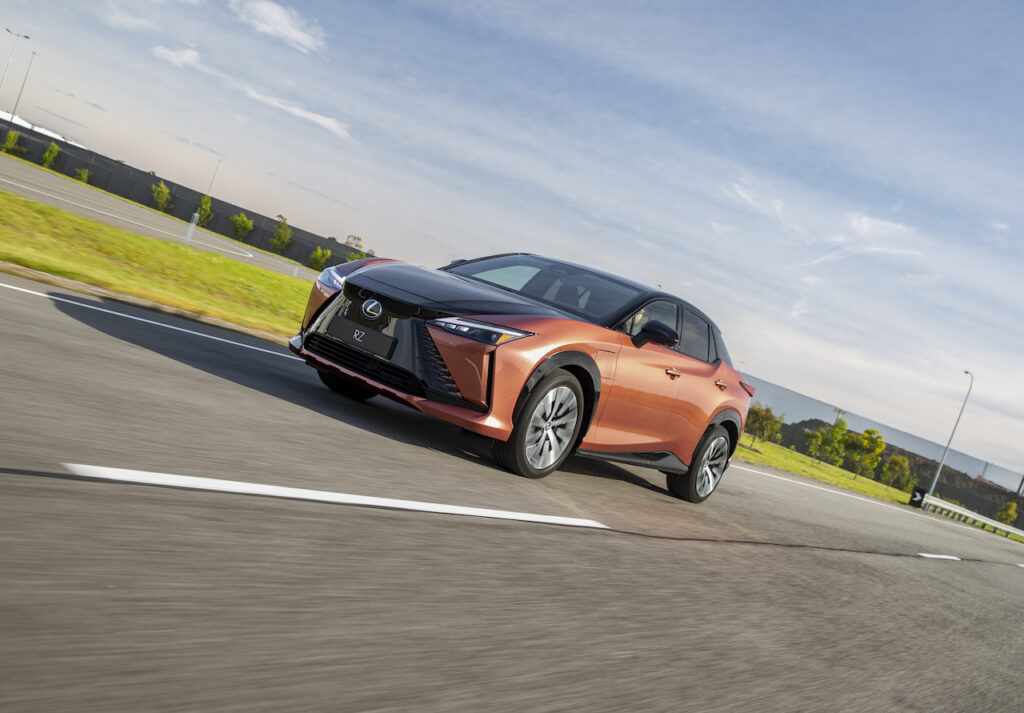
Performance and Efficiency
The 2023 Lexus RZ 450e is powered by a dual-motor all-wheel drivetrain dubbed Direct4.
The combined output is 230kW/435Nm according to figures published on the UK Lexus website, although 450Nm has also been sighted.
The RZ comes with the same 71.4kWh lithium-ion battery as the bZ4X and has a claimed WLTP range of 450km. That’s acceptable rather than impressive at this money.
Lexus Australia hasn’t been able to clarify what sort of e-motors are fitted to the RZ, but presumably they are permanent magnet synchronous like the bZ4X.
Lexus has been able to juggle the parts bin to maximise performance, taking the 150kW from the front-wheel drive bZ4X and partnering it with the 80kW e-motor from the all-wheel drive model. The AWD bZ4X gets dual 80kW e-motors.
Each e-motor sits within what Lexus calls an eAxle that includes the motor, gearing and power electronics.
They work together to modulate torque allocation between wheels depending on whether the RZ is accelerating, braking or cornering. It can be front-, rear- or all-wheel drive.
Lexus says the system also helps reduce nose-lift when accelerating and dive under braking.
Lexus claims the RZ 450e has a 0-100km/h acceleration time of 5.6 seconds and a 159km/h top speed.
Whirring up like a quiet space ship thanks it digital audio setting (there are three available), the RZ felt capable of its 0-100km/h time. We didn’t go any faster than that.
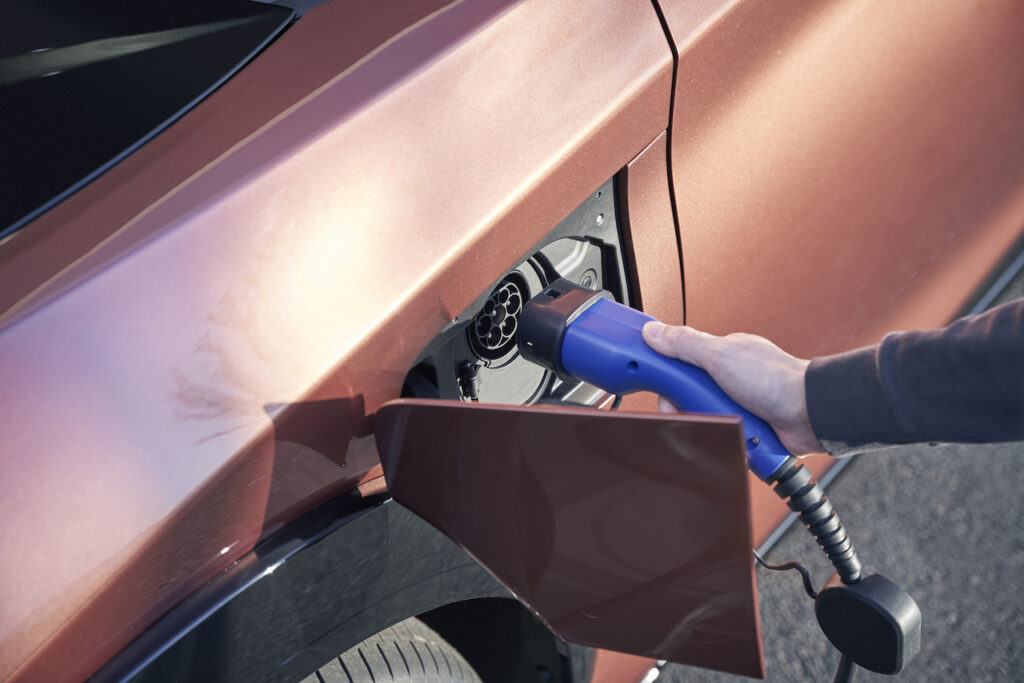
Charging
The 2023 Lexus RZ 450e comes with 11kW onboard AC charging capability and a 150kW maximum DC fast charging rate.
The latter is hardly cutting edge and reflects the high-voltage battery 355V rating.
The RZ is fitted with a CCS Combo2 plug to allow both DC charge and AC charging (the latter via the Type 2 component of the plug).
The RZ does not have blended regenerative braking. So if you press the brake pedal only the hydraulic discs are being clamped. If you want regen you have to manipulate tabs on the yoke that provide four different levels of assistance.
The RZ also does not get vehicle to load (V2L) charging that allows it to run as a powerbank or vehicle to grid (V2G) that allows it to feed electricity back into the power system.
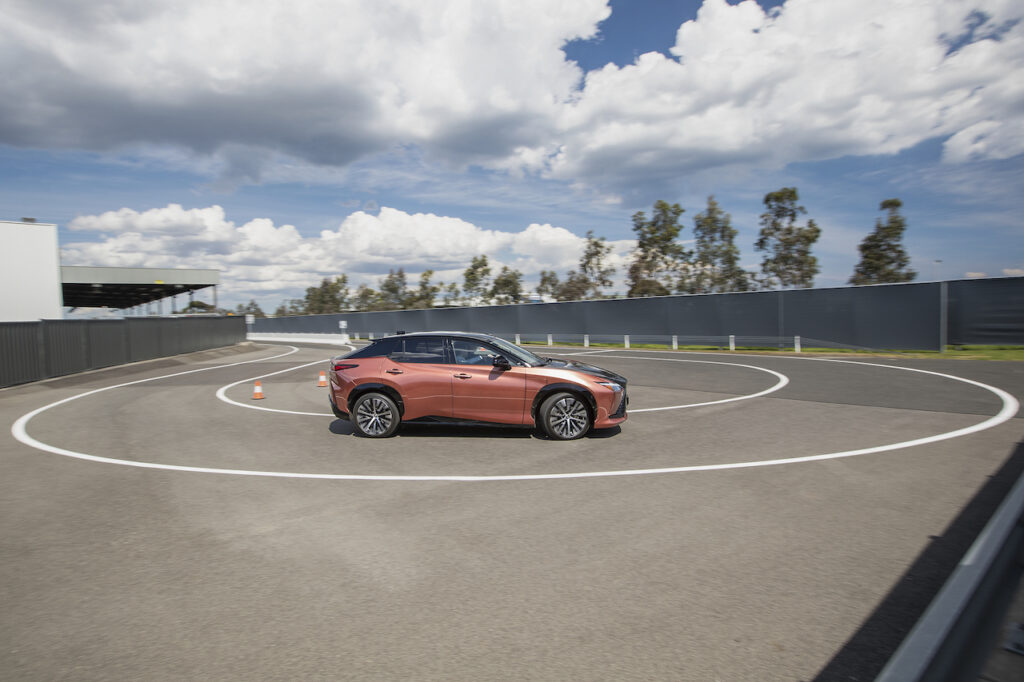
Ride and handling
Ok, so there’s very little point even considering ride of the 2023 Lexus RZ 450e as the small test track at Toyota Australia Altona North facility is bum smooth and flat as a tack.
However, a short straight, a variety of corners including a hairpin and a tight slalom did give us the chance to sample the yoke steering and Direct4.
Unlike the Tesla Model S and X (not yet sold in Australia), the RZ’s yoke attaches to a steer by wire system that is less than one turn lock-to-lock.
A normal mechanically linked steering system is two to three full rotations lock-to-lock and that’s what you’ll get if your RZ 450e has a round steering wheel.
Doing the latter with a yoke would mean all sorts of arm tangling (as has been pointed out by critics of the Tesla system).
The advantages of the yoke and steer by wire are primarily provided at low speeds because its ratio is faster the slower you’re going.
In the hairpin it was easy to turn too sharply and then have to open the steering again to avoid cutting across the inside of the corner. It’s an adjustment thing and wouldn’t take that long to get the hang of. Sadly, Toyota couldn’t tell us what the RZ’s turning circle was. It felt normal.
The yoke could be cranked just beyond vertical on maximum lock. It felt fine to hold because the rim wasn’t too thick. But if you don’t like the nine-to-three position then too bad, there’s no other choice.
The faster and more open the corner the less different the yoke behaved, settling into a slower, steadier and more predictable ratio.
The influence of Direct4 was less noticeable during this test session. The RZ felt a bit ponderous and rolly-poly in its standard drive mode, developing familiar Lexus early-onset understeer in corners tackled with some speed. It all tightened up a bit more when sport mode was engaged.
The slalom was negotiated efficiently. The quick steering, all-wheel drive and low centre of gravity aided by the battery pack all helped with quick changes of direction. At around 2100kg the RZ 450e isn’t heavy by EV standards, so that helps as well.
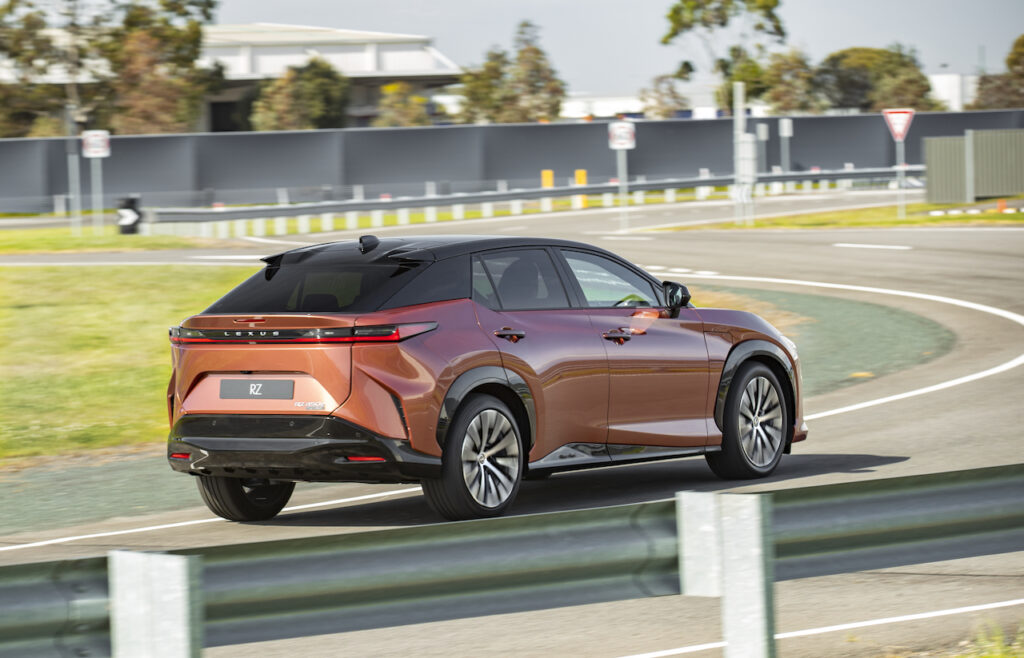
Talking point
More than the yoke, the steer-by-wire system is the undoubted highlight when it comes to the 2023 Lexus RZ 450e.
Whether you’ve got a yoke or traditional round steering wheel so much less twirling at low speeds is an advantage.
Wonder if Lexus will match the traditional steering wheel with steer-by-wire?
And as it also has access to this tech, would Toyota ever feature the yoke or steer-by-wire on its EVs that come to Australia? Be a brave decision.
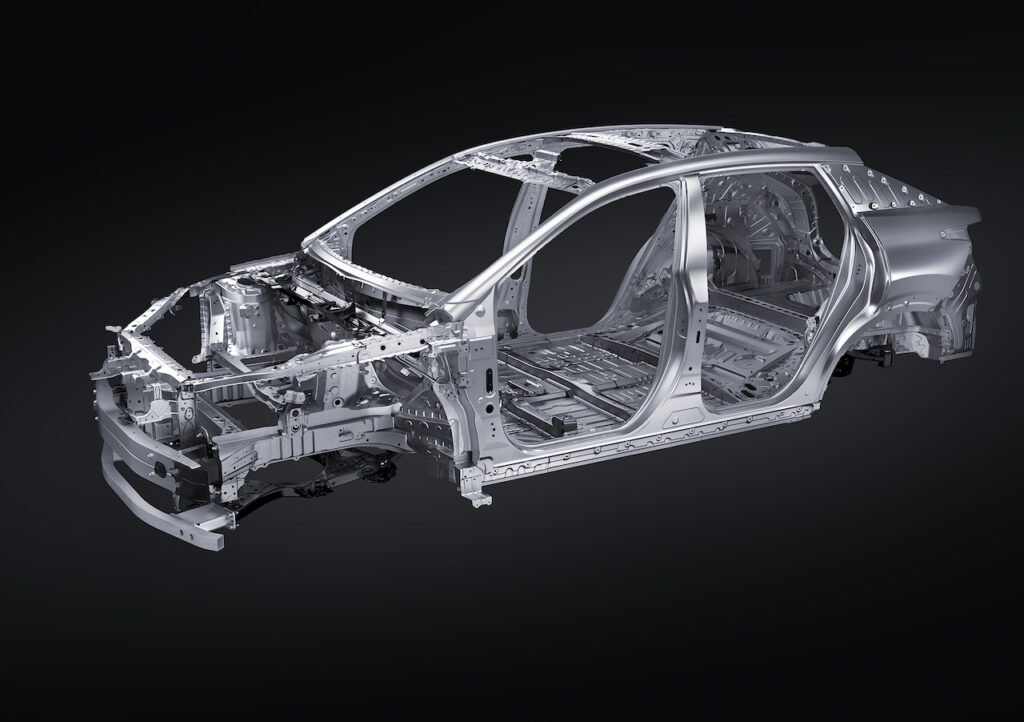
Safety
No ANCAP rating exists for the 2023 Lexus RZ 450e as yet, but anything less than five stars would be a surprise.
Drive assist systems include autonomous emergency braking aided by junction turning and emergency steering assist.
Adaptive cruise control, blind spot monitoring, front and rear cross traffic alert, lane departure alert and lane change assist are also part of the safety package.
The one-touch E-Latch electronic door release system is linked with blind spot monitoring to cancel door openings when vehicles or cyclists are approaching.
The RZ 450e monitors head and body movement and will slow and pull the car up with hazard lights flashing and call for help if it judges the driver is incapacitated.
It can park autonomously with a driver in the cabin or remotely via a smartphone app. It comes equipped with front and rear parking sensors.
Both reversing and 360-degree cameras are available. LED headlights with auto high beam are standard while an adaptive system is also on offer, along with LED foglights and cornering lights.

Verdict
The 2023 Lexus RZ 450e is a curious mix of cutting edge technology and ho-hum.
The yoke and steer-by-wire are thought-provoking and attention-grabbing. Direct4 is intriguing.
Both are worthy of a longer drive to better get a handle (steer?) on them.
But much else like performance, range and charging rate are from cutting edge, as is the lack of blended braking, 800V electrics, V2L, V2G and a frunk.
We look forward to revisiting the RZ 450e when we know pricing and equipment and we get to drive right-hand drive examples in the real world. For now, the jury remains out.
Lexus RZ 450e specifications
Price: $100,000 plus on-road costs (ext)
Basics: EV, SUV, 5 seats, AWD
Range: 450km (WLTP)
Battery capacity: 71.4kWh
Battery warranty: N/A (but 10 years likely)
Energy consumption: 15.86kWh/100km
Motors: One on each axle, combined output of 230kW/435Nm
AC Charging: 11kW, Type 2 plug
DC Charging: 150kWh, CCS combo plug
0-100km/h: 5.6 seconds

